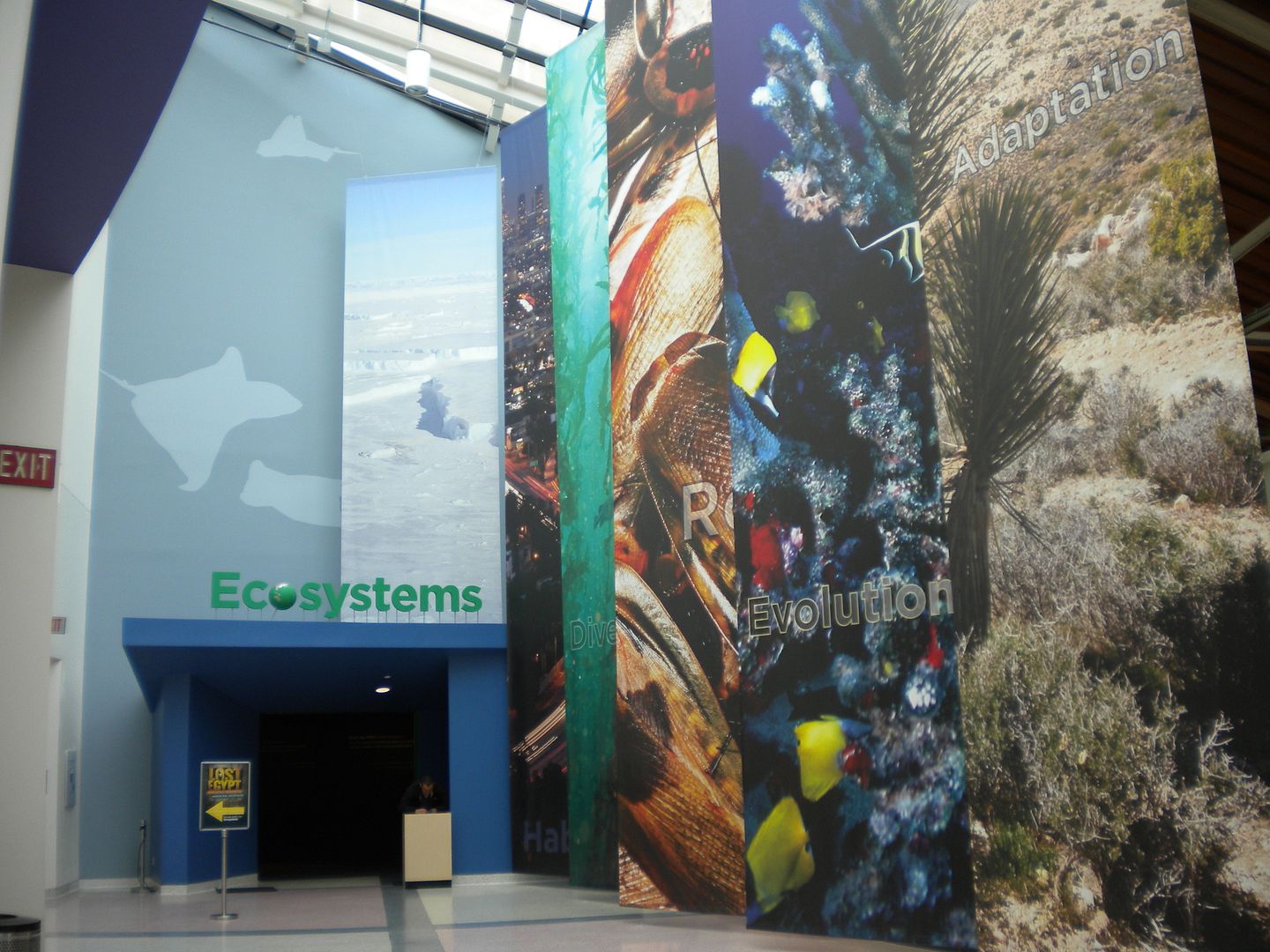
In April of 2010, the California Science Center added a 45,000 square foot permanent exhibit called ‘Ecosystems,’ nearly doubling the size of the museum. Ten years in the making, at a cost of $165 million, ‘Ecosystems’ manages to impress visually and scholastically. ScriptPhD.com recently got a private tour and in-depth guide of the ambitious exhibit and didactic tool. Afterwards, we had the opportunity to sit down with the man that conceptualized ‘Ecosystems’ and curator of ecology at the California Science Center — Dr. Chuck Kopczak. An avid geologist, and devoted to the promulgation of quality science education, Dr. Chuck graciously sat down with us for an in-depth conversation about ‘Ecosystems,’ the future of science education, and energizing environmental causes through science. Our full tour and podcast, under the “continue reading” cut.
How can we protect and nurture our Earth’s diverse environment if we don’t even know about it? The Earth’s biodiversity is spectacular, with a singular globe housing millions of unique species that have to share space across extreme environments, weather zones and poles. Scientists concur that a better understanding of this diversity, and humanity’s impact on it through our modern life (we add 7 million people to the globe each month!), is an essential component of environmental education and effective activism in fighting pollution and effecting sustainability for future generations. In the heart of Los Angeles, at its most-visited museum, The California Science Center, lies a new exhibit that takes curious visitors through the various ‘zones’ of the Earth’s habitats, with each room providing a colorful, interactive, informative peek at what survival entails. At the very end of the ‘Ecosystems’ exhibit, after we have come to appreciate our Earth’s uniqueness, beauty, and scientific breadth, is a well-timed section on waste, resources, and the power of recycling. Come take a short pictorial tour of ‘Ecosystems’ with us, and then take a listen to our podcast with the passionate scientist, Dr. Chuck Kopczak, that made it all possible.
‘Ecosystems’ is divided into rooms called ‘Zones,’ some of which we’ve documenting here, consisting of a gallery that engenders appreciation for the interconnectedness of a different part of our living world. Portrayed are different environments, species, survival demands, and physical factors. All of the rooms include interactive, hands-on experiments especially tailored for kids.
The ‘Island Zone’ includes hands-on experiments that allow visitors to see the challenge animals face in getting to an island from water, and how their physical characteristics evolve as a result of these environmental demands. The exhibit mimics the discoveries that Darwin might have encountered on the Galapagos Islands.
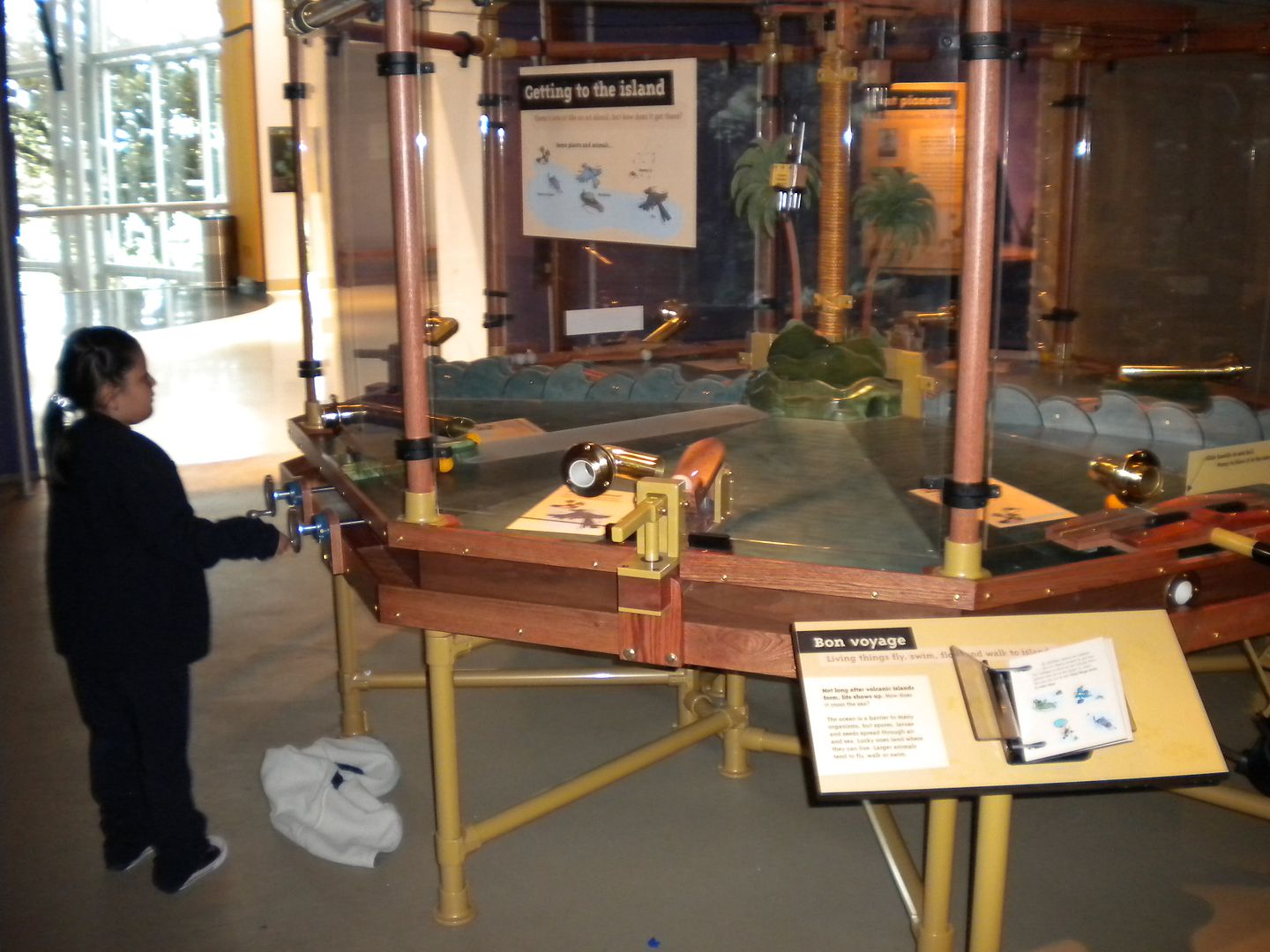
The ‘Extreme Zone’ includes radically different environments representing ecosystems — Rocky Shore, Poles, Deep Sea Vents, and the Desert, both pictured below. Environmental factors such as cold, droughts, and ice deeply test the limits of animals as they try to survive.

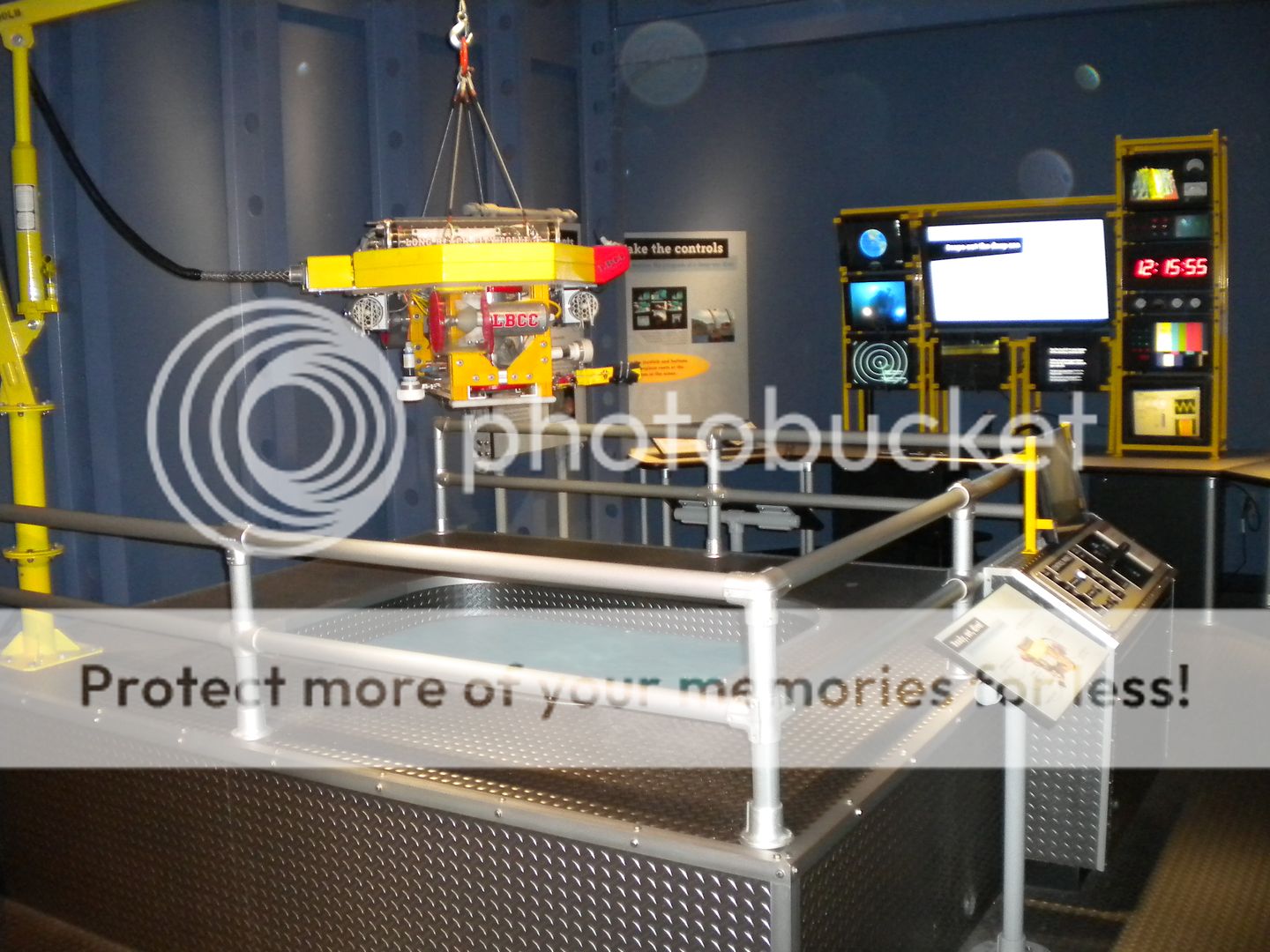
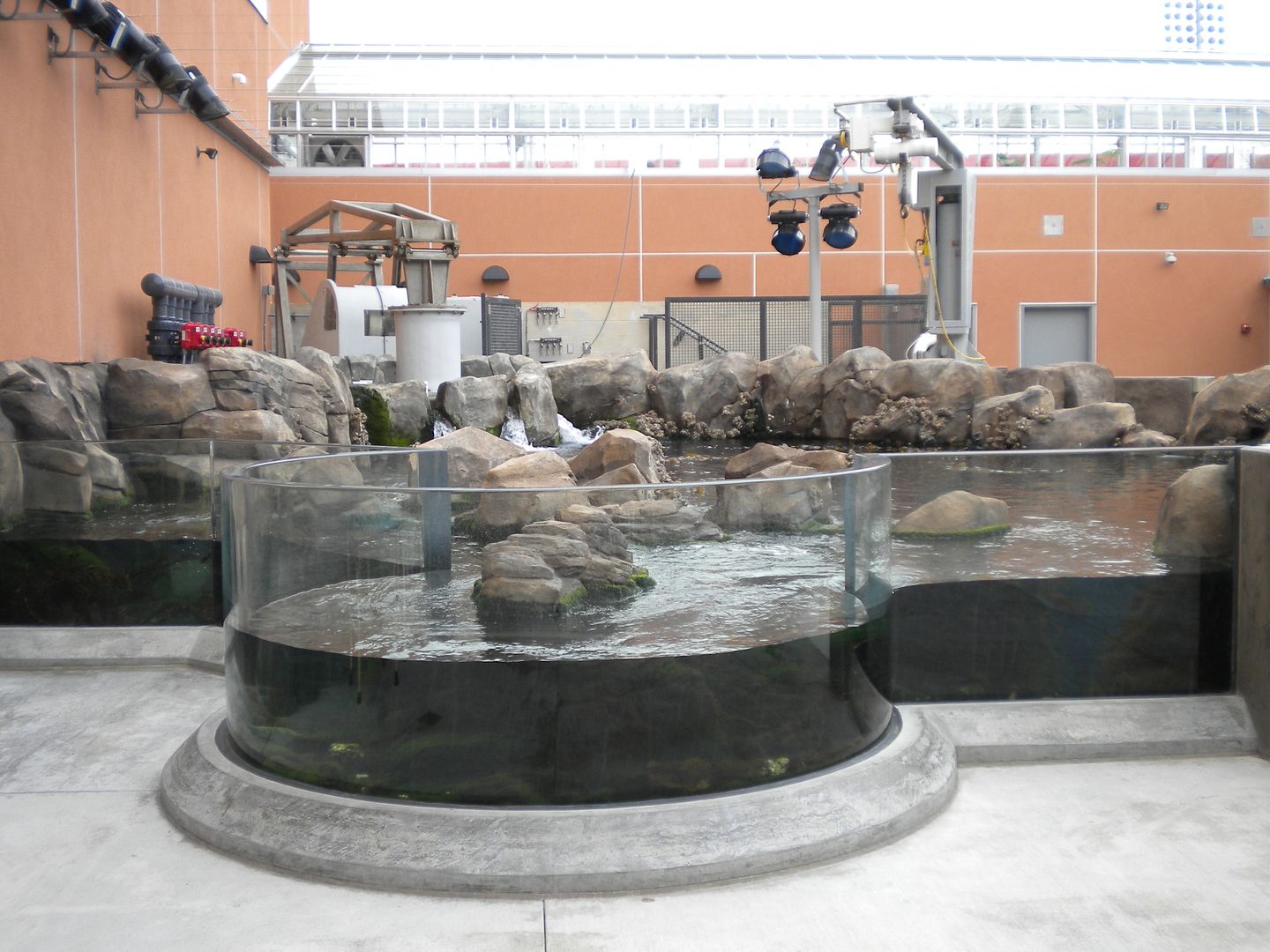
The Global Zone allows visitors to travel around the world with an amazing, first-of-its-kind piece of technology: an internal projection high definition Magic Planet® exhibit, projecting images onto a global map from within the sphere to answer questions about matter and energy across the globe.
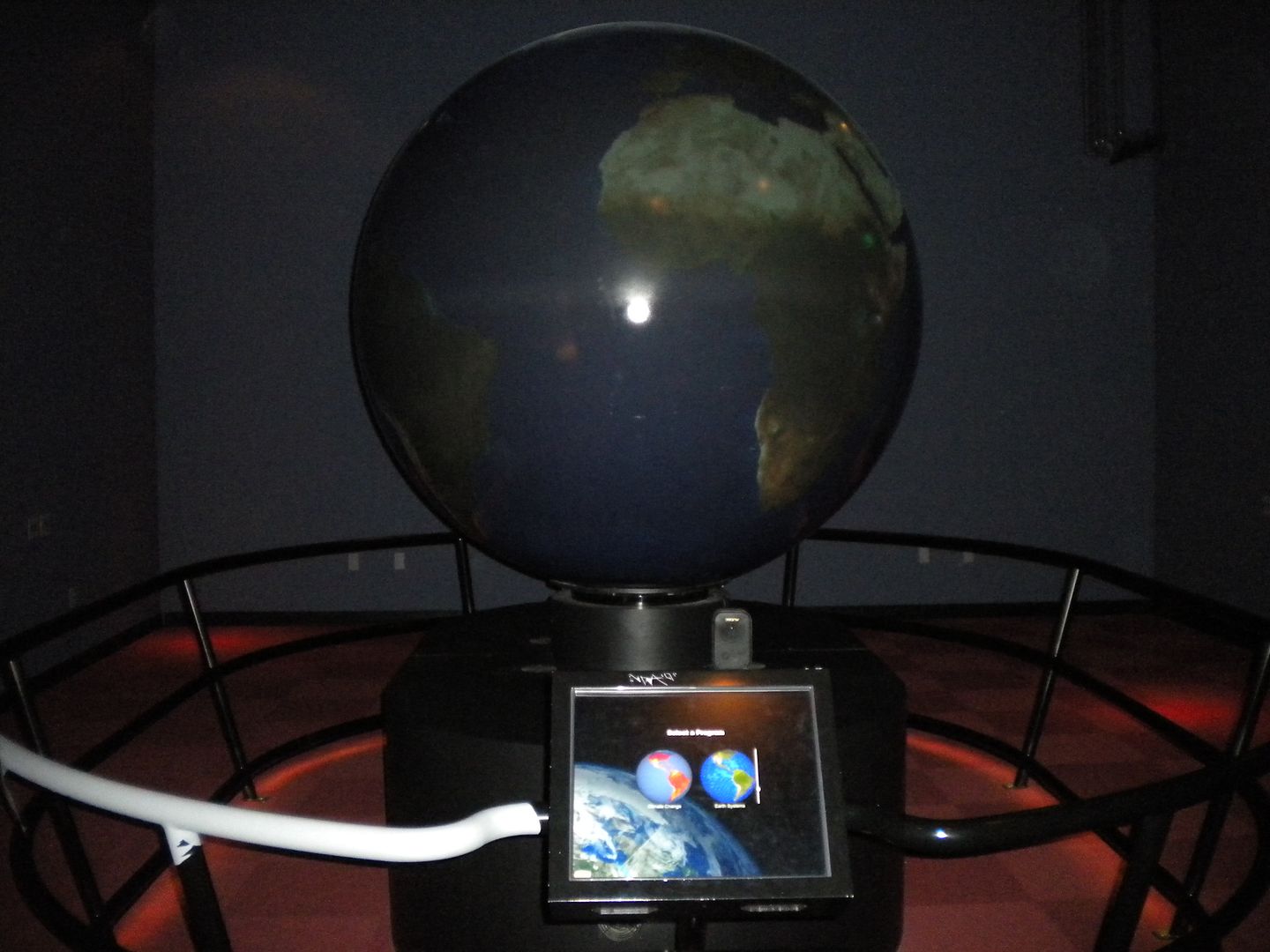
One of the fan favorites of ‘Ecosystems’ is the ever-so-gross Rot Room, where folks can learn about how much the continuity of life depends upon, well… rot. Interactive decomposition exhibits (such as the one pictured below) and time-lapse videos show the recycling of nutrients and energy back into the environment.

The pièce de resistance of the California Science center’s ‘Ecosystems’ exhibit, and its biggest part by far, is the “Rain Forests of the Sea” exhibit, a 188,000 gallon kelp habitat — the largest man-made of any museum in the world — that illustrates the diversity of our sea forests and the environmental factors that kelp forests depend on: a rocky substrate, sunlight, moving water, and high nutrient levels.
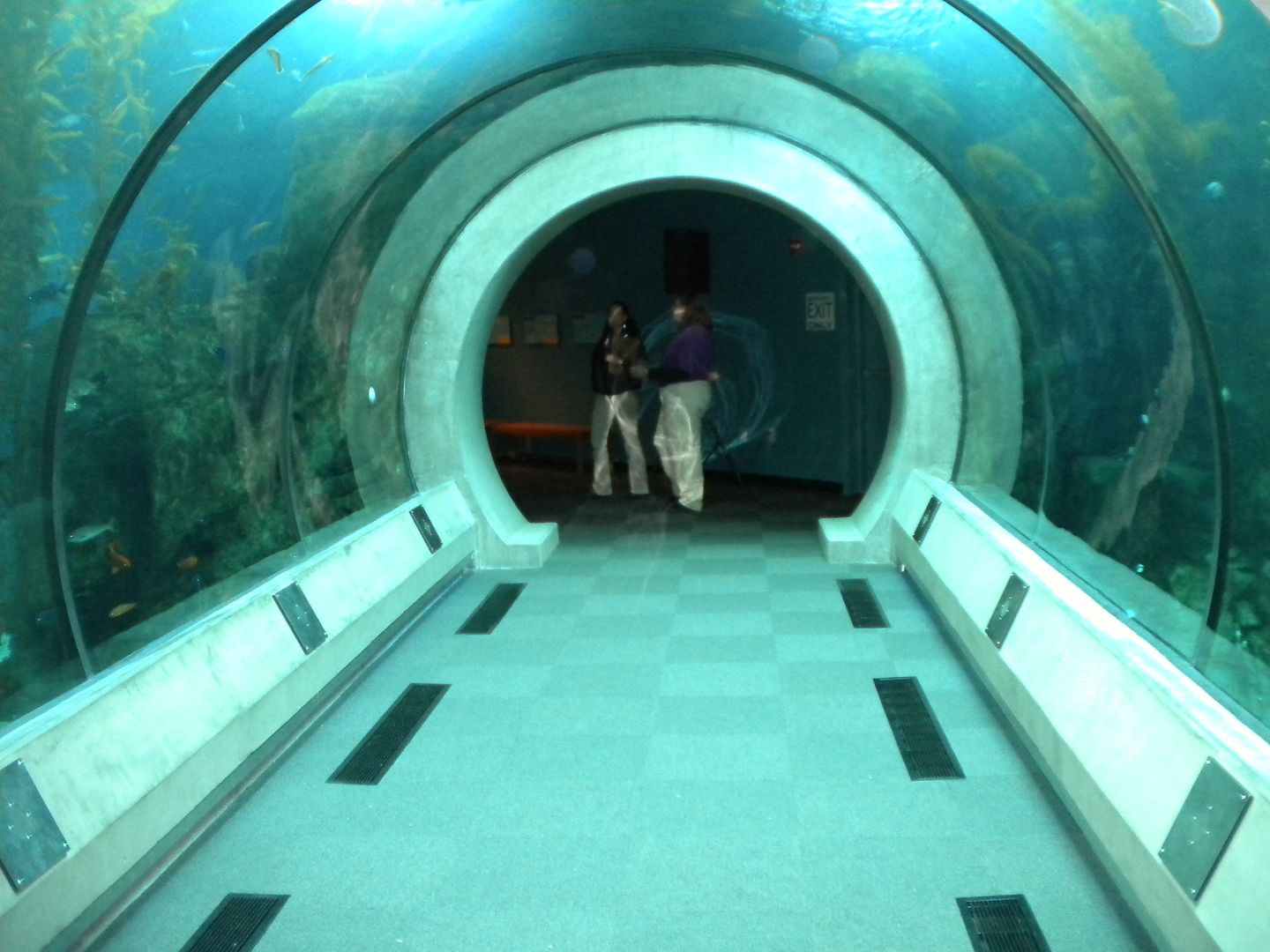
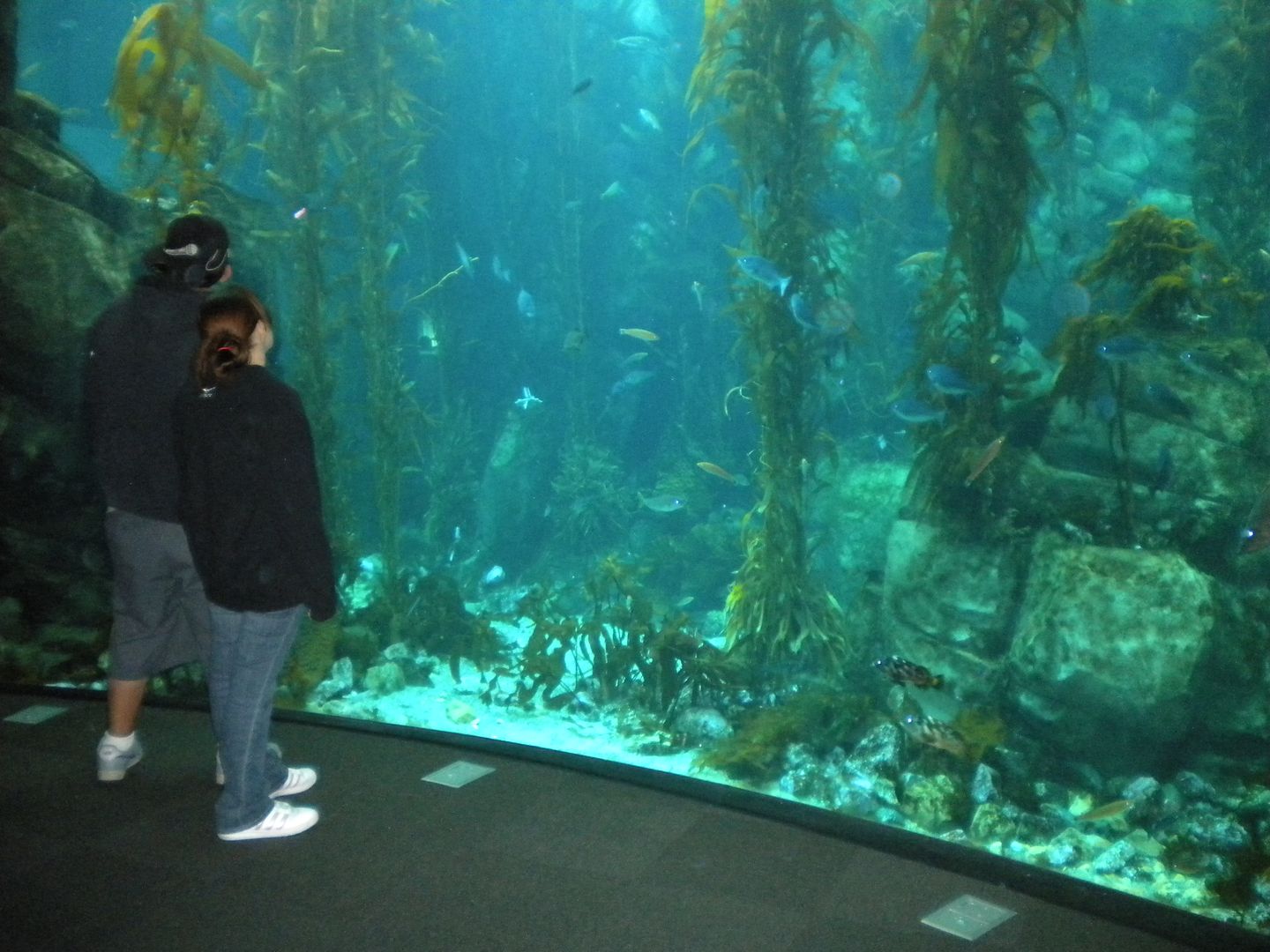
In the midst of the ‘Ecosystems’ exhibit is an interactive lab, where new additions to the over 250 species on exhibit at ‘Ecosystems’ are researched and cared for. In addition, it provides an opportunity for young high school students interested in pursuing science to answer guests’ questions, pursue research, and learn the scientific method in the process.
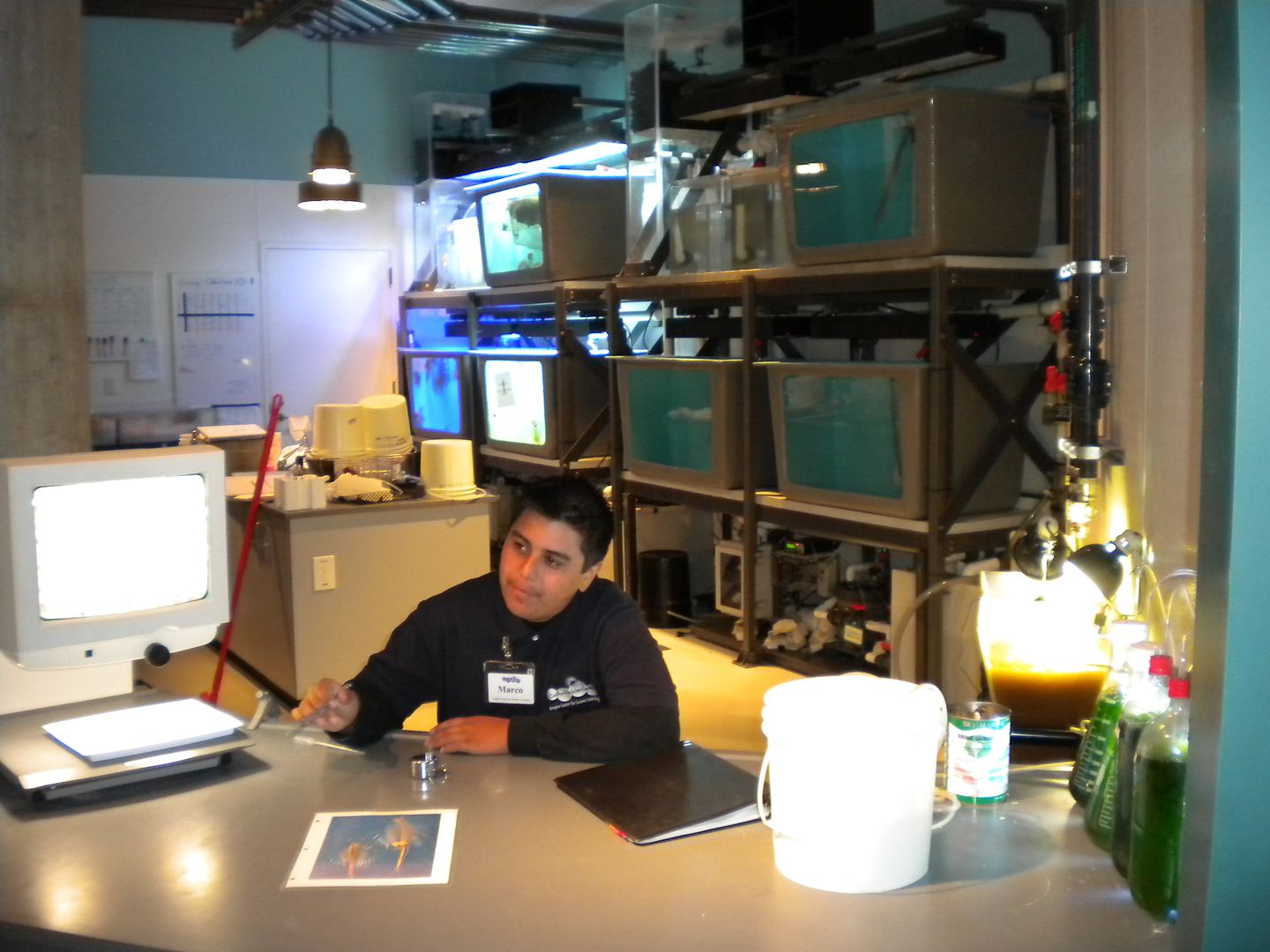
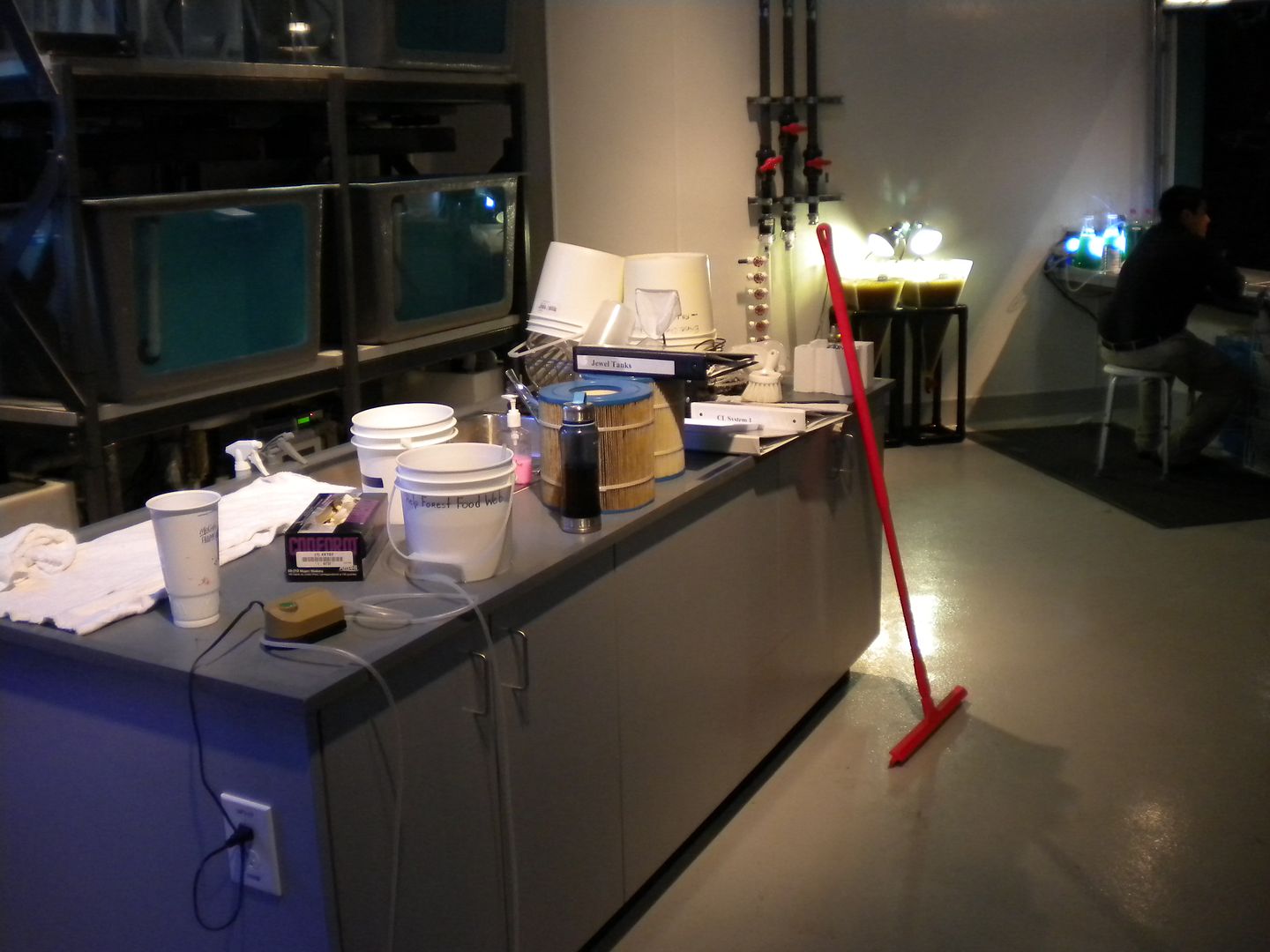
The end of the ‘Ecosystems’ exhibit takes visitors to the modern ‘L.A. Zone,’ where they can learn about weather patterns, wind currents, and geologic make-up of the Los Angeles Basin. Most importantly, visual waste exhibits expose the unique challenges in the issues of energy, water, and impact on wildlife.
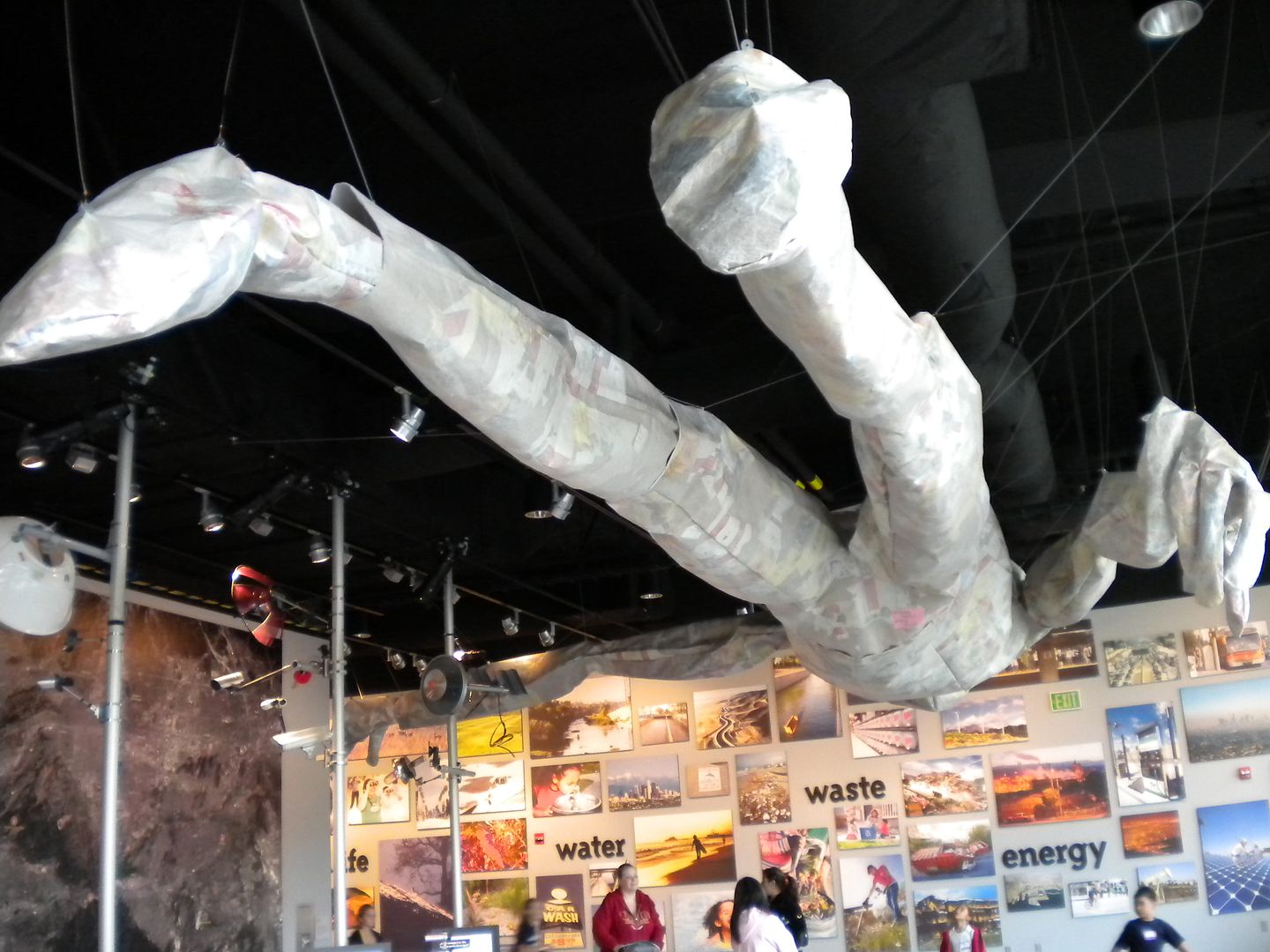

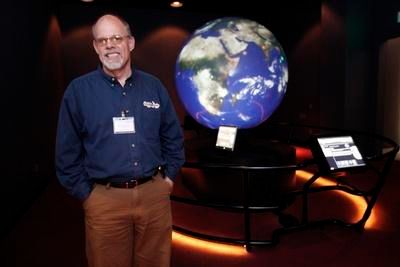
The mastermind behind such wonders as the kelp zone (his nickname is indeed Dr. Kelp!), the Global Zone, and the Los Angeles Zone, among its other structural feats, Dr. Chuck Kopczak is as intellectually accomplished as he is full of wonder about science, our Earth, the environment and the best ways to teach children about them through technology and modern exhibits. Recently, he went on a collecting expedition in Guantanamo Bay, Cuba to study species and the environment. He generously sat down with ScriptPhD.com to talk about Ecosystems, particularly:
•The how, who and why of designing the Ecosystems exhibit
•Why teaching science and inspiring future scientists requires an interactive experience
•How emotional connection resonates with environmental awareness
•Why the California Science Center is setting up labs and charter schools within their exhibit spaces to encourage young scientists
Take a listen to our podcast:
[audio:Podcast_CaliforniaScienceCenter_Ecosystems_Final.mp3|titles=Designing ‘Ecosystems’|artists=Dr. Chuck Kopczak]ScriptPhD.com would like to thank the California Science Center, Dr. Chuck Kopczak, and Kristina Kurasz for their help and generosity of time. We encourage anyone planning a visit to Los Angeles, and interested in science and the environment, to check out this free exhibit and learning center.
~*ScriptPhD*~
*****************
ScriptPhD.com covers science and technology in entertainment, media and advertising. Hire our consulting company for creative content development.
Subscribe to free email notifications of new posts on our home page.


Hey that intern is me! I feel special =D
Marco — what awesome feedback! It was really nice to have met you that day, and I’m so glad to hear that you’re getting the most out of the opportunity.
Keep on rockin’ the science, my friend, and let us know how everything is going.